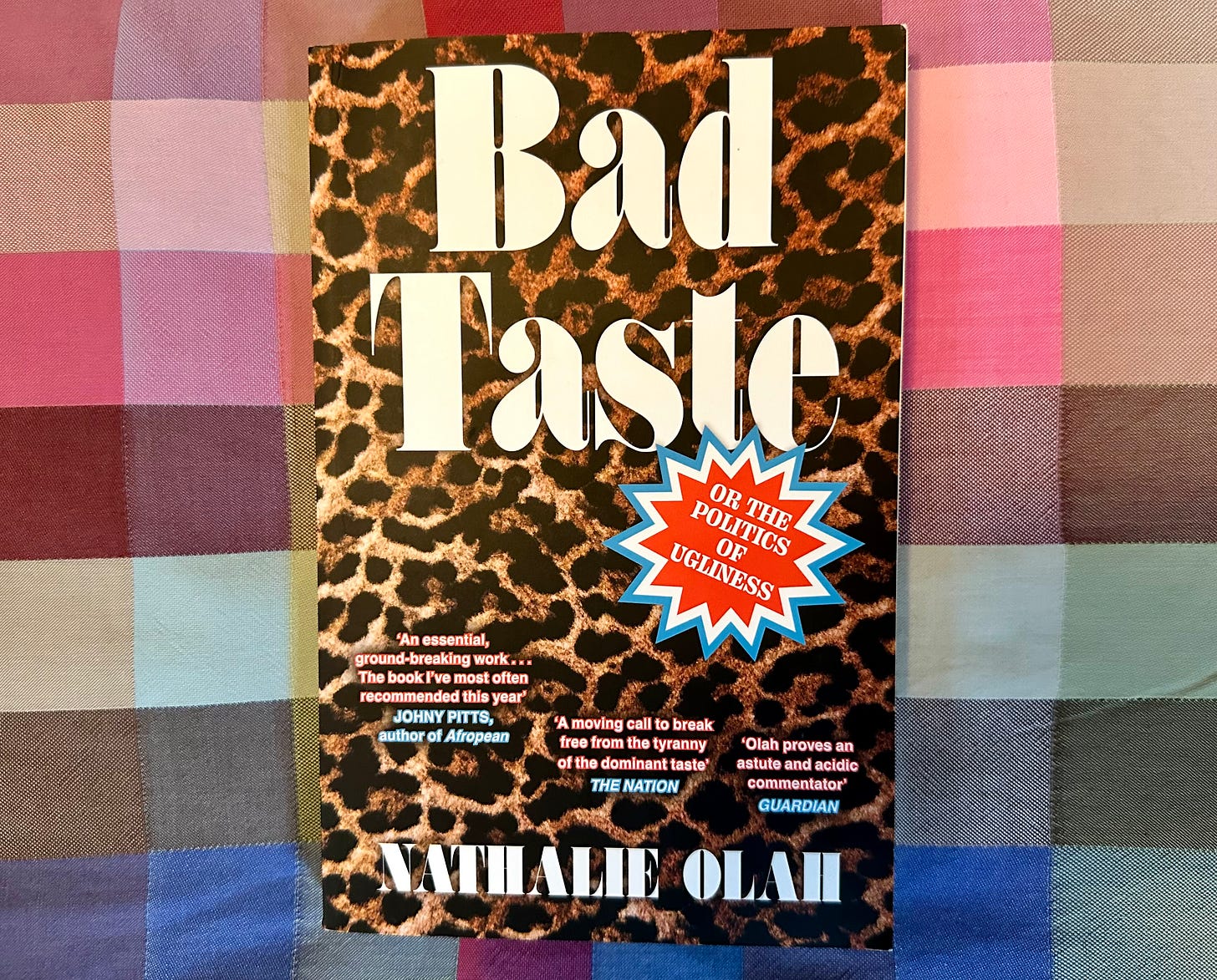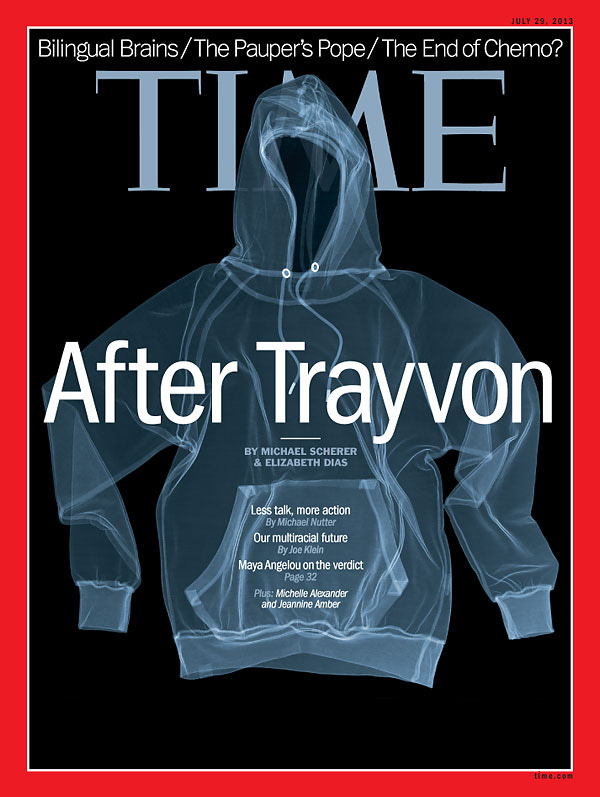For Starters meets First & Fifteenth
I first met
with a bunch of about six other writers above a room in a pub in a cold January. All of us unsure what Substack was, how exactly we planned to use it, and definitely not yet au fait with how to describe our newsletters succinctly to a room full of strangers. Since then, Michael has become anything but a stranger; a valued member of our growing Substack community; a sounding board; a champion; a friend. Watching how he’s used the platform to support his research and build his public speaking portfolio to speak at international conferences while always giving up time and intellectual prowess to others along the way has been nothing short of inspiring.I was lucky enough to see him speak at an event earlier this year where he got straight into the deep, searching stuff about how death is overlooked in digital design. Michael is also a man of great taste. For starters (see what I did there?), he has a slightly nerdy but very cool habit of collecting menus from the restaurants he dines at. He has an absorptive brain; he is not just an interesting human but an interested one. You know, the kind of person who always has six follow-up questions; someone who can spit off at least three additional reads to go alongside the podcast you just listened to? Yes, that’s him. I am yet to find a recommendation he’s shared with me which isn’t utterly brilliant. And one book he mentioned to me that I thought sounded superb was
’s Bad Taste. And superb it was. So, we thought, why not write a simultaneous review? Actually (one better), why not publish our reviews in each other’s newsletters?My review is over on Michael’s newsletter First and Fifteenth this week, and his review is below. This review forms part of the ‘Conversation Starters’ section of this Substack full of longer reads, interviews, or collaborations which seek to question our views, getting stuck into the chewy, gristly stuff.
While you’re over on Michael’s Substack, feel free to expand your mind and delve deeper into some of his other reviews on important topics on race, identity, AI, and one of my personal favourites on feminist design in Mothering Economy. And, because he is a man of many, many talents make sure you look at UNTITLED (1) – it remains one of my favourites and proves the picture speaks a thousand words mantra; visual and powerful.
Bad Taste: or, the politics of ugliness by Nathalie Olah
Guest review by Michael Kibedi
📚 Books mentioned at the end of this review use affiliate links and can be bought from First & Fifteenth’s page on Bookshop.org

The realisation dawned on me as I waited in line outside a popular café in Lisbon. Perhaps it was the similarly dressed customers in front of me — some luxury athleisure here, a wide-legged trouser over there in stylistic retaliation against the ubiquitous skinny jean. Maybe it was the Google Maps sticker in the window — a clue to the symbiotic link between the streams of patrons arriving clutching their phones for direction. It could have been the soft-lit interior or architecturally constructed (and, I hasten to add, delicious) small plates. Either way, I knew I was in the company of people who had good taste, whose clothes signalled good taste, whose presence was proof that, like me, we possessed comparable cultural nous to find ourselves in this buzzing cafe at the same time.
There are thousands of versions of this scene playing out in fashion-forward neighbourhoods around the world, from London Fields to Le Marais, Gràcia to Bairro Alto, Södermalm to Nørrebro. My role as an observer-participant made the recollection of the scene somewhat fraught, and I readily acknowledge my biases have clouded its reconstruction.
In Bad Taste, Nathalie Olah embarks on a journey to examine the social, cultural, and political histories of good taste and how our socially agreed-upon definitions define our identities and influence the way we consume fashion and food, and play a central role in deciding the objects we surround ourselves with.
Tastemakers
Most of our labour is concerned with selling what we know, rather than the objects we make. The intangibility of our labour causes the markers of class distinction to become an indistinct blur, making taste increasingly important evidence of our distinction. In Olah’s words: “To have taste, was to have class, was to have understood the social codes enforced by the protectors of money and opportunity. While to lack taste, was to lack class, was to serve as grounds for social derision and economic exclusion” (pg. 27).
Olah is clear that there are two definitions of taste vying for primacy. Taste describes “the quirks of personality and personal preference” while also recognising “the definition [used today that relates] to a sort of scoreboard of suitability and approval” (pg. 27).
A swelling sense of anxiety grows as we try to reflect on how to define taste — the neuroses of how we think we are perceived are amplified and mediated by digital interfaces, algorithmic feeds, and high-resolution screens that broadcast to the world in real-time. Not a single hiccup, blemish or misstep is unnoticed.
Olah contextualises this contemplation by starting her journey in Antwerp, in Belgium’s Flemish region. Its Renaissance architecture is still evident in the Old City, and we experience a stark shift in aesthetic contrast as she visits the studio of renowned interior designer Axel Vervoodt. To the untrained eye, Vervoodt’s wabi-sabi aesthetic is a semi-familiar vaguely reminiscent example of studied dishevelment that we can’t quite name but have experienced (or rather, its many crude imitations). To the design aesthete, the unfinished walls and roughly hewn timbers combine to speak a very specific design language that a select few can decrypt.
To recreate a similar look is one that few can attain, or fewer can afford, but that’s the point. Taste is partly enabled by disposable income, but its goal is an aesthetic defined by its socio-cultural rarity, governed by its restrained deployment.
Hoodie
Nothing embodies the confused relationship we have to threat perception more than the hoodie.
In the third chapter on Fashion, Olah spends time discussing the murder of Trayvon Martin in 2012 and how the hoodie came to viscerally symbolise the ease with which Black boys and men can, and continue to be, demonised by their appearance.
Black boys and men who wear hoodies are simultaneously alienated and blamed for being the cause of prejudice and the deserving victims of extra-judicial violence. The hoodie has rapidly morphed into a socially acceptable proxy for exclusion. Public spaces can display signs to ban the wearing of such garments — a dog-whistle to signal who is being barred without having to deal with the bother of naming their target.
Transplant the hoodie to Silicon Valley, and the socially perceived threat vanishes. In the early 2000s, a hoodie was emblematic of the maverick founding class that was on a certain trajectory to VC-backed success. It is a well-known part of Silicon Valley lore that wearing a hoodie, being white, being male, and being below 40 are contributory factors for smoothing the path for attracting investment.
The hoodie remains an ambiguous artefact of a sartorially muddled post-pandemic hybrid office culture. A hoodie sends a very different signal if you are buying it from Mr Porter or Primark. The guy wearing a hoodie next to you in an elevator could just as easily be a janitor, part-time DJ/CEO, or billionaire. What was once stealth wealth has morphed into normcore. As Olah comments:
“Normcore … sanctified certain, initiated consumers while vilifying others, allowing those with the appropriate means and knowledge to absolve themselves of their place in a consumer society that was always stirring up a sense of inadequacy and yearning.” (pg. 97)
Normcore represents a sartorial response to the meritocratic society we are promised exists, despite a deepening financial inequality. We have fewer organisational, spatial or sartorial cues to communicate hierarchy. Every other colleague is either a manager or VP, so we place more importance on intangible elements by which we can distinguish ourselves.
Good digital taste
After reading Bad Taste, we will realise that we are governed by the need to have our discernment recognised as unique, despite the products we consume being so homogenised. I can perceive many parallels in how digital culture operates to promise personalisation and customisation but deliver algorithmic sameness — a concern explored to great effect in Kyle Chayka’s fantastic Filterworld.
It’s the comfort of internalised snobbery governing our choice of email provider (Gmail over Hotmail, both superseded by Protonmail). Or perhaps the social elevation of knowing our iMessage bubbles are blue — the harsh reality is that we are one of many millions in these digital subcultures.
We have access to the same knowledge; the same cultural cues are out there for us to each become arbiters of taste, but it is the way we use these signifiers that communicates our mastery of cultural taste and turns it into a weapon:
“What is elitist, exclusionary and a legitimate cause of grievance, in my opinion, is the weaponisation of second-hand knowledge by people, consumers to be more precise, who are not experts on a given subject, but derive a sense of superiority from having learned a set of rules with which to simulate knowledge. It is the reduction of learning to aesthetic codes. Or to put it more bluntly, it is 'good taste' masquerading as culture.” — Bad Taste, pg. 4
Bad Taste shows us how the observable markers of taste influence the objects we display in our homes, what we wear, and what we eat, which, left unchecked, contributes to possessing Patrick Bateman levels of curatorial absurdity. And if his story were told today, I’m sure he would be queuing for hours for a seasonal Danish rather than chasing that phantom table at The Dorsia.
More from Nathalie Olah
Nathalie Olah has a list of past and current work on her website, nathalieolah.com
Explore further
Listen:
Transcripts are available for Our Modern Glut of Choice.
Read:
New Myspace: Bringing (Re)Gentrification Back? by Whitney Erin Boesel (The Society Pages, 2012)
The Politics of Design: A (Not So) Global Design Manual for Visual Communication by Ruben Pater (BIS Publishers, 2016, 192 pages)
Black, Listed: Black British Culture Explored by Jeffrey Boakye (Dialogue Books, 2019, 416 pages)
The battle over bread by Dan Hancox (Prospect, 2019)
Disobedient Bodies: Reclaim Your Unruly Beauty by Emma Dabiri (welcome collection, 2023, 150 pages)
Filterworld: How Algorithms Make Everything the Same by Kyle Chayka (Heligo Books, 2024, 304 pages)
Multitudes: How Crowds Made the Modern World by Dan Hancox (Verso Books, 2024, 272 pages)
Issue 13 – Beans by Chloe List (Unbox Inbox, 2024)
The Sublime Cringe by Vienna Kim (BLOG by LAN Party, 2025)




